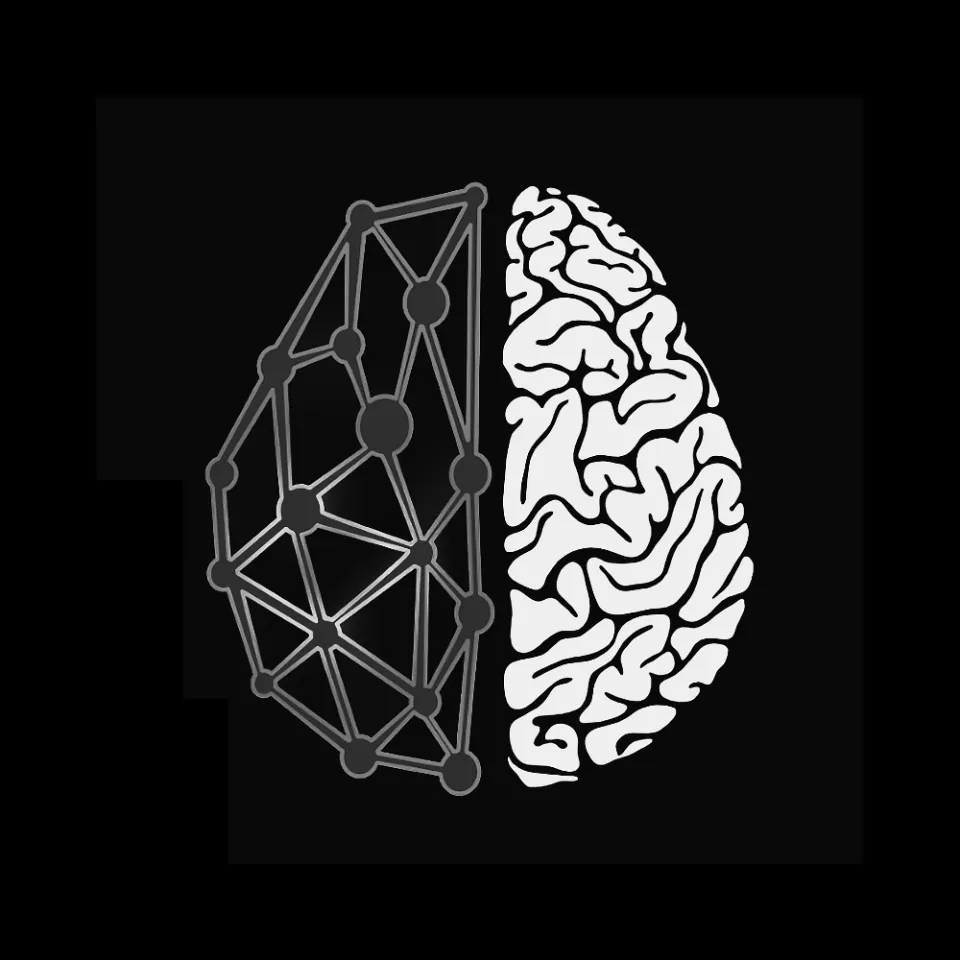WHY YOU NEED TO BUILD A SECOND BRAIN – to supercharge your creative output

If you are like me, every day and almost every few hours you are consuming a constant flow of information through your devices– whether that is to browse the news, watch videos, read blogs and on kindle, hear podcasts, and so on. It quickly accumulates into an overwhelming amount of valuable information that unfortunately gets lost and forgotten with time. The promise of building a second brain, however, is to be able to remember everything you valued at some point in your life.
Your second brain is essentially a digital note-taking and ideas-creation system and with the potential to massively increase your personal productivity. In your second brain, anything you come across, whether it's something you read, watch, or listen to, and which resonates with you, is logged an all these atomic notes can (and should) be connected with each other.
I have summarized the 10 FOUNDATIONS of building a second brain so that you can maximize your productivity and output based on the learnings from Sönke Ahrens, Tiago Forte and Ali Abdaal.
- Leverage Innovation: Creativity isn't about original ideas. The reality, as discovered through insights from influential authors like Austin Kleon, is that creativity often involves remixing existing ideas. In today's world, where nearly everything is modular and composable, the ability to take existing concepts and add your unique spin to them is a powerful form of creativity, empowered with your second brain. As the famous saying goes, "Good artists copy, great artists steal."
- Clever Consumption Method: Our brains are for having ideas, not storing them. Enter the Clever Consumption Method, inspired by David Allen's "Getting Things Done" approach. Capture ideas immediately. Utilize apps like Todoist and Obsidian to save your thoughts. It's the practice of capturing ideas, insights, and inspirations as soon as they arise, regardless of where you are or what you're doing. This approach ensures that your valuable thoughts don't slip away.
- Concept Recycling: One essential aspect of a second brain is recognizing that ideas and concepts are reusable. Keep track of your creations and ideas in your second brain for future use. Rather, they can be recycled and reused or repackaged over time. By maintaining a record of the ideas you've used in various projects, you create a treasure trove of building blocks that can be recombined to generate fresh insights or new outputs in the future.
- Priorities Over Categories: Traditional note-taking often revolves around categorizing information by subject or topic, like marketing, finance, math. However, a more productive approach is to assign ideas to specific projects or priorities. This ensures the information you collect is directly useful and doesn't get lost in a sea of category folders. When an idea aligns with a current project, it becomes immediately useful, enhancing your productivity.
- Slow Burns: Sustainable productivity is achieved through consistent, incremental efforts over time. Use your second brain to work on multiple priorities gradually. Building a second brain allows you to engage with ideas, concepts, and projects gradually. Instead of concentrating solely on one massive priority, you can work on multiple projects, devoting smaller amounts of time to focus on each gradually (no unfocused multi-tasking!). This "slow burn" approach not only reduces stress but also fosters a continuous, manageable flow of creative output.
- Launch with Abundance: Your second brain provides a treasure trove of ideas and inspirations accumulated over time. One common challenge when embarking on a creative endeavour is facing a blank canvas or page for drawing or writing, an empty video script, or an untouched project. When you begin a new project and have a second brain, you're never starting from scratch. Instead you're starting with an abundance of existing concepts, ready to be woven into something new and exciting.
- Modular Assets and Composability: Instead of tackling large, daunting tasks as a whole, rather break them down into smaller, more manageable components. Each of these components becomes a modular asset. This makes it easier to compose larger projects and adapt to changing contexts. Whether you're an entrepreneur crafting sales material or creating content, these assets can be effortlessly combined to form a new coherent whole. This break-it-down approach makes your work more approachable, adaptable, and fun.
- You Only Know What You Own: It's not enough to passively consume information. Engage with material by creating your own content. This can take the form of writing notes, reviews, or insightful analyses. A fundamental principle of harnessing the power of your second brain is to add your own layer of input or thoughts on top. We all come from different walks of life and there is nobody exactly like you. By doing so, you deepen your understanding and finally own this new knowledge.
- Simplify for Your Future Self: Create notes that your future self can easily understand. Think about how you'd most likely access and search for the information later. It is basically swapping a little bit of time invested today for huge time-savings in the future. Write notes and annotations in a way that future you can easily understand. Avoid cryptic or vague entries. Clarify context and connections. By doing this, you ensure that your second brain remains a valuable resource that can be easily accessed and useful over longer periods of time.
- Keep Your Ideas Flowing: Avoid falling into the perfectionism trap. Don't get bogged down in creating the perfect system. It's easy to become preoccupied with creating the perfect system for your second brain. However, the ultimate goal is creative output. The very purpose of your second brain is to keep your ideas flowing. Your ideas and insights are only as valuable as the actions you take based on them. Remember that perfectionism is procrastination in disguise. Instead, focus on using your second brain as a tool for creative expression and productivity. Don't let the pursuit of perfection hinder your progress. Ready is a lie!
In conclusion, embracing the concept of a second brain can revolutionize your approach to productivity and creativity. Building your second brain is an ongoing process, one that evolves and adapts to your unique life goals and ambitions.

By implementing these 10 foundations, you can harness the power of your second brain to supercharge your output, enhance your understanding of complex topics, and transform the way you work and create. If you like this, subscribe and stay tuned for our next post. Check out also our other videos on our Youtube channel.
